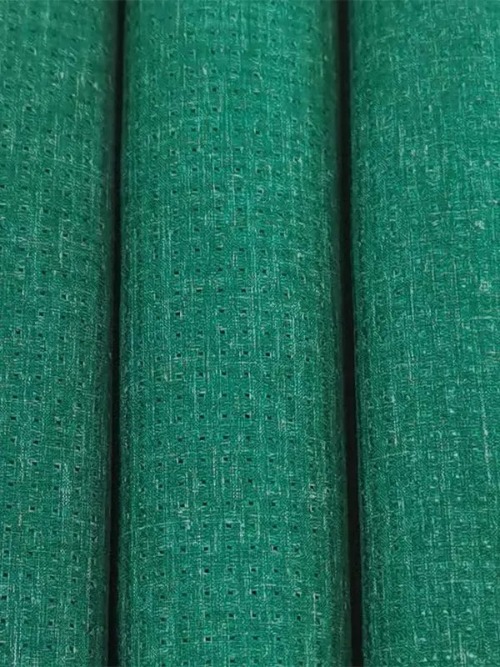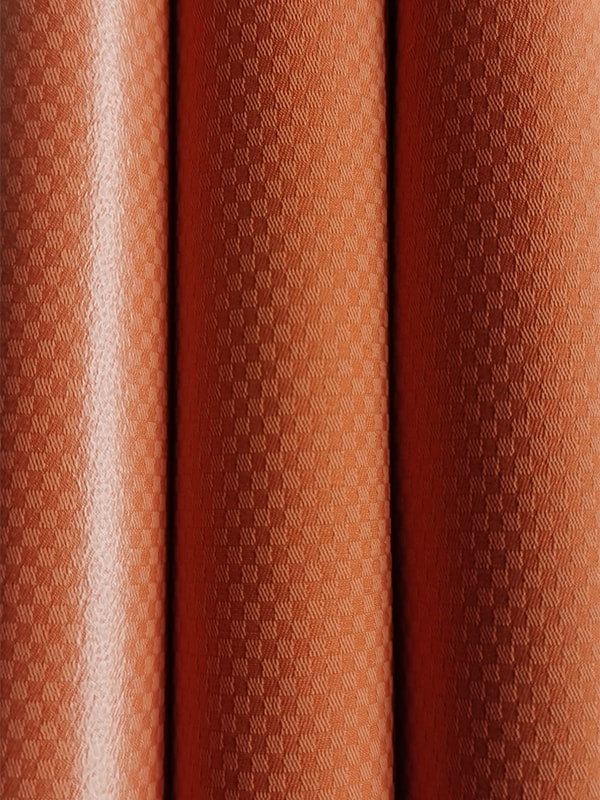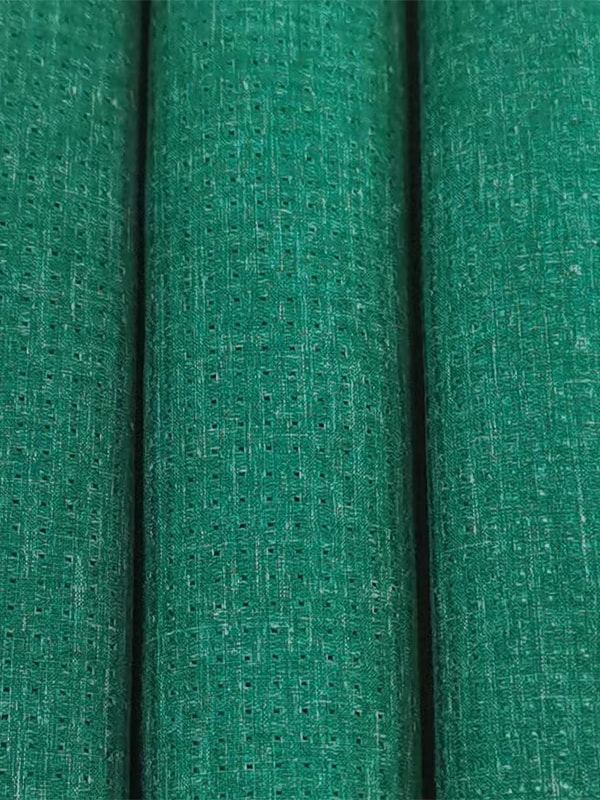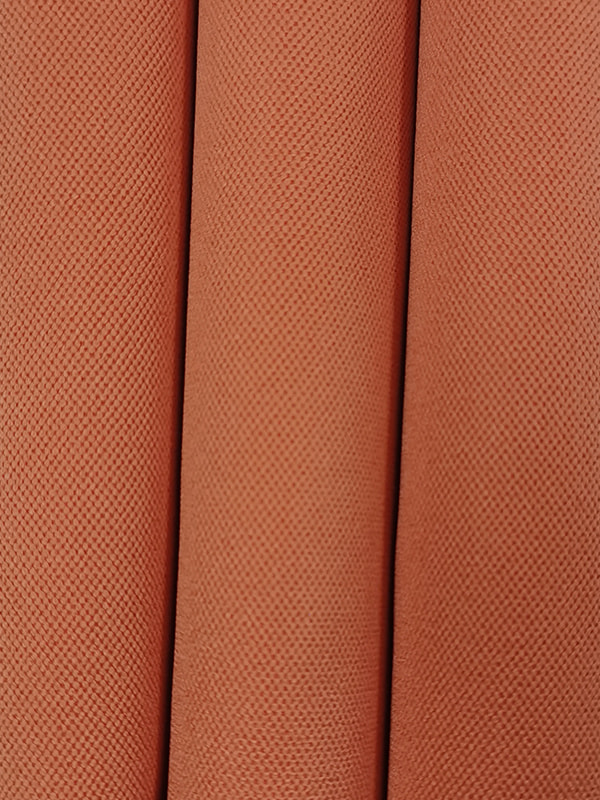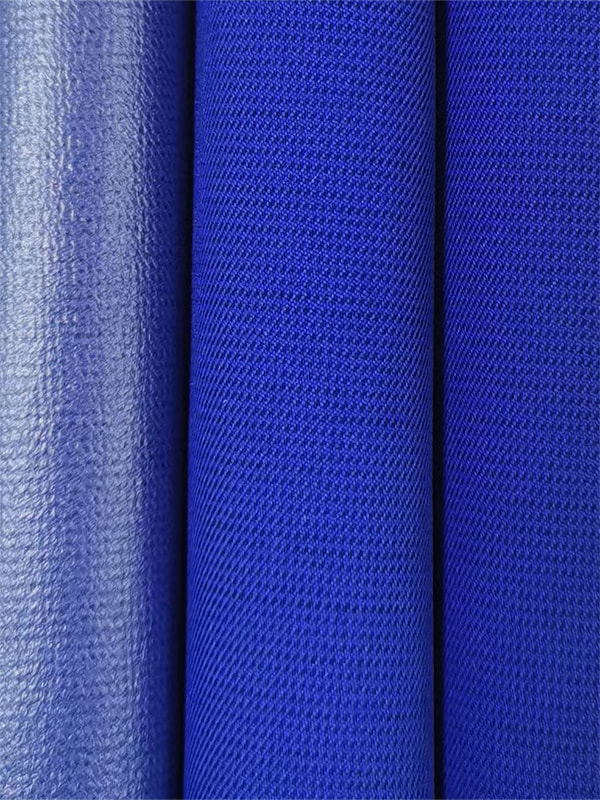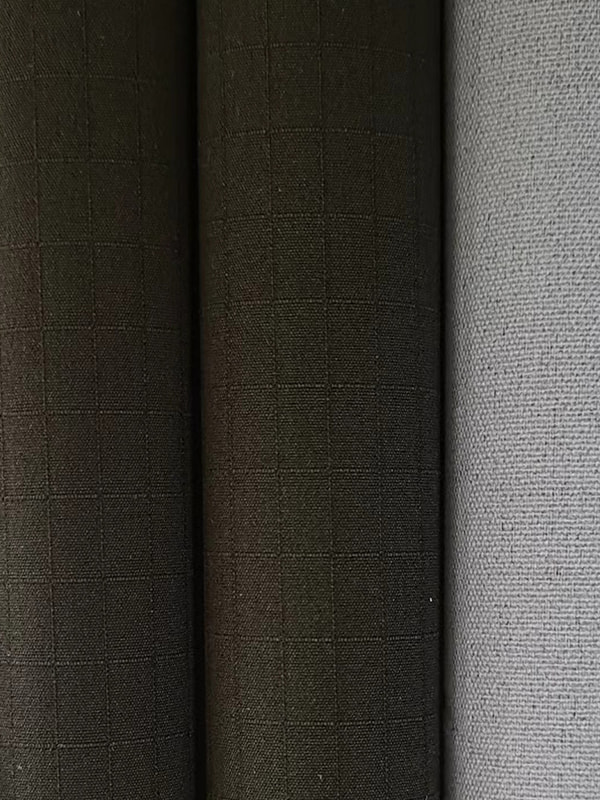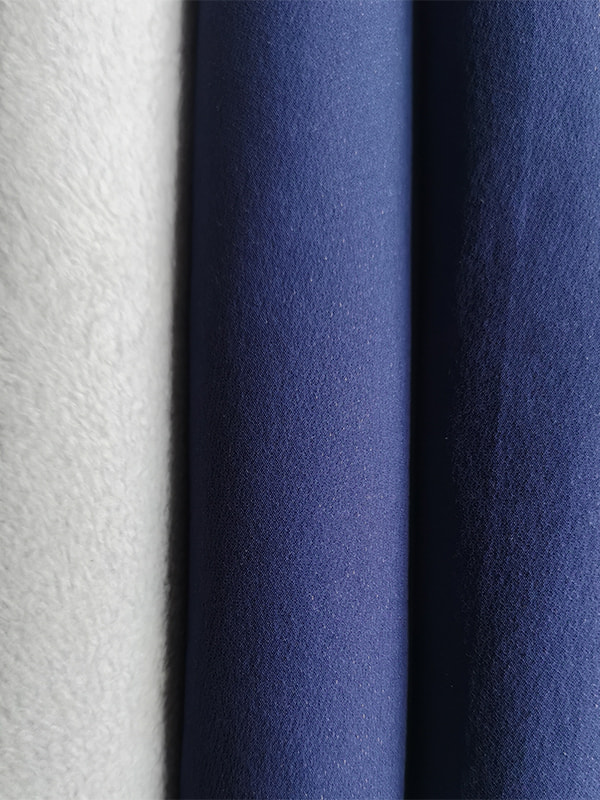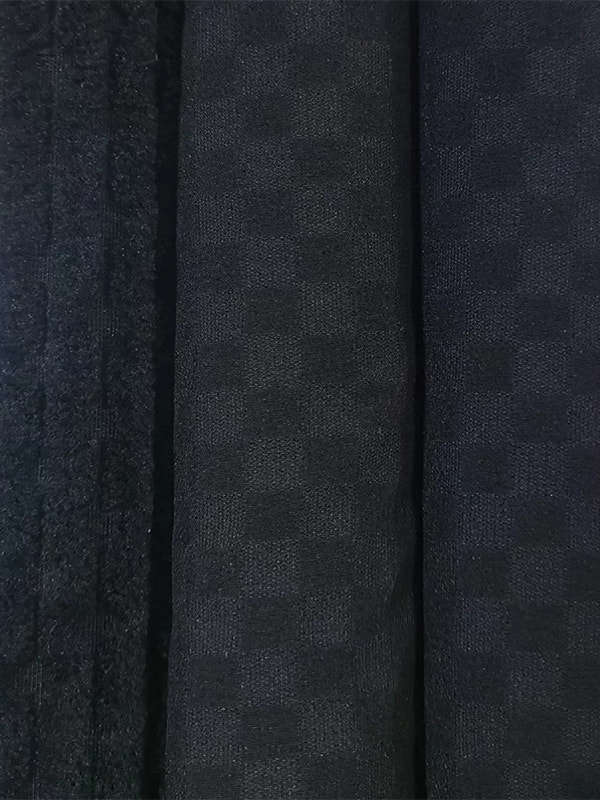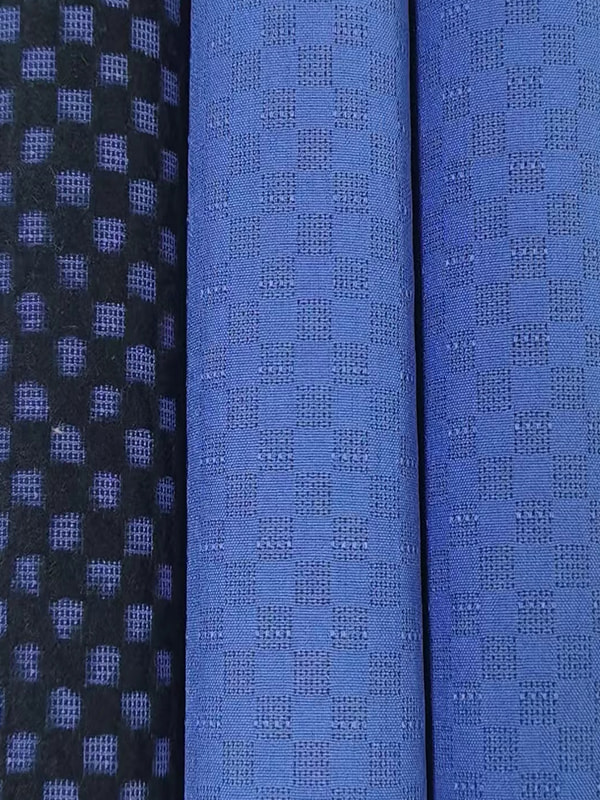T400 Stretch Fabric: Unlocking 360° Freedom, Redefining Comfort and Durability
2025-09-24
Introduction to T400 Stretch Fabric
In the ever-evolving world of technical textiles, one name has been generating significant buzz for its remarkable balance of performance, comfort, and resilience: T400 Stretch Fabric. This innovative material is not just another synthetic blend; it represents a significant leap forward in fabric technology, designed to meet the demanding needs of both active lifestyles and everyday wear. At its core, T400 is an engineered bi-component filament yarn, often incorporating recycled content, that delivers exceptional four-way stretch. This means it moves with the body in every direction—up, down, sideways, and diagonally—providing an unparalleled range of motion without sacrificing shape or integrity. Unlike traditional elastane-based fabrics that can degrade quickly with exposure to chlorine, sweat, and UV rays, T400 boasts superior resistance to these elements, ensuring that garments look newer for longer. Its unique construction allows it to offer consistent recovery, meaning it snaps back to its original shape wash after wash, resisting the baggy knees and sagging waistbands that plague lesser materials. This combination of durability and dynamic flexibility makes it an ideal choice for a wide spectrum of applications, from high-intensity workout gear and sleek athleisure wear to durable travel clothing and comfortable denim. This article delves deep into the world of T400 Stretch Fabric, exploring its technical properties, benefits, and why it's becoming the go-to material for brands and consumers seeking a superior blend of function and form.
- Superior four-way stretch for complete freedom of movement.
- Excellent durability and resistance to chlorine, oils, and UV degradation.
- Often incorporates sustainable, recycled materials in its production.
- Maintains shape and compression over time, outperforming traditional elastane.
- Versatile for use in activewear, denim, uniforms, and everyday apparel.
What is T400 Stretch Fabric? The Science of Comfort
To truly appreciate the value of T400 Stretch Fabric, it's essential to understand the engineering behind it. T400 is not a single fiber but a sophisticated bi-component structure, typically consisting of two different polymers co-spun into a single yarn. Common compositions include a combination of PET (polyethylene terephthalate) and PTT (polytrimethylene terephthalate), the latter being a key ingredient that provides the intrinsic and durable stretch properties. The magic lies in the molecular structure of PTT, which has a natural spring-like coil morphology. This structure allows the fiber to stretch easily and recover its shape much more effectively than standard elastane (spandex), which can be prone to overstretching and permanent deformation. Furthermore, T400 Stretch Fabric is renowned for its colorfastness and ability to hold dyes brilliantly, resulting in vibrant, long-lasting colors that resist fading. Its moisture-wicking capabilities are also a critical feature, pulling sweat away from the skin to the fabric's surface where it can evaporate quickly, keeping the wearer dry and comfortable during physical activity. This scientific approach to textile design results in a fabric that doesn't just perform well initially but continues to perform over the long term, making it a smart investment for both manufacturers and end-users.
- Bi-component fiber technology using PET and PTT polymers.
- PTT provides a natural, spring-like stretch for superior recovery.
- Excellent color retention and vibrancy compared to other stretch materials.
- Inherent moisture-wicking properties for enhanced comfort.
- More durable and chlorine-resistant than traditional spandex blends.
Key Properties and Benefits
The advantages of T400 Stretch Fabric are multifaceted, addressing common pain points consumers have with stretch garments. Its most celebrated benefit is its exceptional freedom of movement. Whether you're deep in a yoga pose, running for a bus, or simply lounging, the fabric moves seamlessly with you, providing comfort without constraint. This is complemented by its outstanding durability. Garments made from T400 are built to last, resisting pilling, abrasion, and the damaging effects of chlorine (from pools) and sunscreen, which often break down other elastic fibers. For the environmentally conscious consumer, many versions of T400 are produced using recycled polyester, contributing to a more sustainable fashion cycle without compromising on performance. Additionally, the fabric offers excellent shape retention, ensuring that the fit of your favorite pants or jacket remains consistent over time and after numerous washes. Its versatility is also a major selling point; it can be woven or knitted into various weights and textures, making it suitable for everything from lightweight athletic tops to sturdy, flexible denim.
- Unrestricted 360-degree movement for any activity.
- High resistance to wear, tear, and chemical degradation.
- Eco-friendly options available with recycled content.
- Superior shape retention prevents bagging and sagging.
- Adaptable to a wide range of garment types and styles.
T400 vs. Traditional Spandex/Elastane: A Comparative Analysis
When deciding on the best material for a project, understanding the differences between T400 and traditional elastane is crucial. While both provide stretch, their performance characteristics diverge significantly over time. Traditional elastane, or spandex, is known for its high stretch capacity but is often vulnerable to degradation from chlorine, heat (in dryers), and body oils. This can lead to a loss of elasticity, causing the garment to become loose and ill-fitting. In contrast, T400 Stretch Fabric is engineered for longevity. Its recovery is more robust and consistent, and it inherently resists the damaging effects of chemicals and UV exposure. This makes it a more reliable choice for garments that require frequent washing or are exposed to harsh conditions, such as swimwear, performance activewear, and outdoor apparel. The following table outlines the key differences to help illustrate why T400 is often the superior choice for durability and long-term performance.
| Feature | T400 Stretch Fabric | Traditional Elastane/Spandex |
| Stretch Recovery | Excellent, maintains shape over time | Good initially, can degrade with washing and wear |
| Chlorine Resistance | High | Low |
| UV & Oil Resistance | High | Moderate to Low |
| Durability | Very High, resistant to abrasion | Moderate, can be delicate |
| Common Uses | Performance activewear, denim, outdoor gear | Lightweight leggings, intimate apparel, socks |
What is T400 fabric best for? Top Applications
The question of what is T400 fabric best for has a simple answer: almost anything that requires dynamic movement and durability. Its unique property set has made it a darling across multiple apparel categories. In the realm of activewear, it is the ideal candidate for high-performance leggings, sports bras, and athletic tops that must withstand intense workouts, repeated stretching, and frequent washing without losing their compressive fit or vibrant color. Beyond the gym, T400 has revolutionized the denim industry. It allows for the creation of "super stretch" jeans that offer the look and feel of traditional denim with the comfort of yoga pants, moving comfortably with the wearer throughout the day. The travel apparel sector also heavily utilizes this fabric for pants, blazers, and jackets that are designed to be worn for long periods, resist wrinkles, and provide ease of movement on planes and trains. Furthermore, its durability and comfort make it suitable for uniforms in hospitality and healthcare industries, where professionals are on their feet for long hours and require clothing that works as hard as they do.
- High-Intensity Activewear: Perfect for leggings and tops that need to maintain compression.
- Modern Denim: Creates comfortable, flexible jeans that retain their shape.
- Travel Clothing: Wrinkle-resistant and comfortable for long journeys.
- Performance Uniforms: Ideal for sectors requiring all-day comfort and durability.
- Outdoor and Adventure Apparel: Stands up to the elements during hiking and climbing.
Is T400 fabric good for summer? Climate and Comfort
A common and practical question consumers ask is, is T400 fabric good for summer? The answer is a resounding yes, but with some important considerations. The suitability of any fabric for warm weather depends on its specific construction—its weight, weave, and finish. T400 fiber itself can be knit or woven into lightweight, breathable fabrics that are excellent for summer. Many T400 blends are designed with moisture-wicking properties, which are crucial for hot weather. This technology pulls perspiration away from the skin to the outer surface of the fabric, where it evaporates, creating a cooling effect and preventing the clammy feeling associated with cotton. Furthermore, blends that incorporate cotton or other natural fibers with T400 can enhance breathability even further. However, it is important to note that not all T400 fabrics are created equal. A dense, heavy knit will be warmer than a light, open mesh knit. Therefore, when shopping for summer apparel, look for garments that specify "lightweight," "breathable," or "moisture-wicking" on the label to ensure you're getting the full cooling benefit of the T400 Stretch Fabric technology.
- Moisture-wicking properties help keep the body cool and dry.
- Can be constructed into lightweight, breathable knits ideal for heat.
- Look for blends with natural fibers for enhanced air circulation.
- Avoid heavy, dense constructions for optimal summer comfort.
- Ideal for summer sportswear, lightweight trousers, and breathable tops.
How to care for and wash T400 stretch fabric
Understanding how to care for and wash T400 stretch fabric is key to preserving its performance and extending the life of your garments. While T400 is known for its durability, proper care will ensure it maintains its stretch, shape, and color vibrancy for years to come. The first and most important rule is to always check the garment's care label, as other materials in the blend can dictate specific needs. Generally, washing in cold water on a gentle cycle is recommended. Hot water can stress the elastic fibers and potentially set stains more permanently. Using a mild detergent is also advised, as harsh chemicals and bleach can break down the fibers and fade colors. When it comes to drying, air-drying is the gentlest option and is highly recommended. If you must use a dryer, select the lowest heat setting or a tumble-dry without heat, as high heat is the enemy of most synthetic fibers and can permanently damage their ability to recover. Avoid ironing directly on the fabric if possible, and never use a hot iron. Store garments folded rather than on tight hangers, which can cause them to stretch out of shape over time.
- Machine wash cold on a gentle cycle to protect the fibers.
- Use mild detergents; avoid bleach and fabric softeners.
- Air dry flat or line dry is the preferred method to prevent heat damage.
- If using a dryer, choose a no-heat or very low-heat setting.
- Store folded to maintain the garment's original shape and tension.
T400 fabric vs. Spandex: Choosing the Right Material
The debate of T400 fabric vs. Spandex is central for designers and informed consumers choosing the right material for a specific application. While both provide essential stretch, their core characteristics cater to different needs. Spandex (also known as Lycra or elastane) is renowned for its extremely high elongation, often exceeding 500%, making it perfect for applications where extreme stretch is the primary requirement, such as in compression wear, swimwear, and dancewear. However, this comes with a trade-off in durability, as spandex is susceptible to damage from chlorine, heat, and oils. T400 Stretch Fabric, on the other hand, offers a more moderate and durable stretch. Its primary advantage is its resilience. It provides excellent recovery and is highly resistant to the elements that typically degrade spandex. This makes T400 the better choice for everyday garments that need to maintain their shape and appearance through rigorous use and frequent washing, like denim, trousers, and performance activewear that isn't solely focused on maximum compression. The choice ultimately hinges on the priority: maximum stretch (spandex) or durable, long-lasting performance (T400).
- Spandex offers higher maximum stretch for compression-focused garments.
- T400 provides more durable and resilient stretch for daily wear.
- T400 has superior resistance to chlorine, UV rays, and body oils.
- Spandex can be more delicate and require more careful washing.
- Choose T400 for longevity and spandex for ultimate elasticity.
FAQ
Is T400 fabric breathable?
Yes, T400 Stretch Fabric can be very breathable, but its breathability is primarily determined by how it is constructed rather than the fiber itself. The T400 yarn is often knit or woven into fabrics with moisture-wicking properties, which pull sweat away from the skin. Furthermore, manufacturers can create blends with natural fibers like cotton or use open-knit meshes to significantly enhance air circulation. For optimal breathability, look for garments labeled as such or those that specify a lightweight, breathable knit construction.
Does T400 fabric contain rubber or latex?
No, T400 Stretch Fabric does not contain natural rubber or latex. Its stretch properties are derived from synthetic polymers, specifically a bi-component structure usually made from PET and PTT. This makes it a suitable option for individuals with latex allergies or sensitivities, as it is a completely synthetic and latex-free material.
Can T400 fabric be used for making socks?
Absolutely. T400 Stretch Fabric is an excellent choice for socks. Its durable stretch ensures the sock maintains its shape and compression around the foot and calf without becoming loose or baggy after multiple wears and washes. Its moisture-wicking properties also help keep feet dry, making it a comfortable and functional material for athletic socks, everyday wear, and even medical compression socks.
How does T400 fabric impact the environment?
The environmental impact of T400 Stretch Fabric is similar to that of other polyester-based materials. As a synthetic fabric, it is derived from petrochemicals. However, a significant positive aspect is that many producers offer T400 made from recycled PET (e.g., recycled plastic bottles), which reduces its reliance on virgin petroleum and helps divert waste from landfills. While the production process is energy-intensive, its durability is an environmental benefit, as garments last longer, reducing the frequency of replacement and overall consumption.
Is T400 fabric suitable for sensitive skin?
T400 Stretch Fabric is generally considered suitable for sensitive skin. As a synthetic fabric, it is less likely to harbor allergens compared to some natural fibers. However, individual sensitivities can vary. For those with very sensitive skin, looking for T400 blends that incorporate organic cotton or seeking out certifications like Oeko-Tex Standard 100, which verifies that the fabric is free from harmful levels of over 100 substances known to be detrimental to human health, can provide additional assurance.
Contact Us for More Details
Don't hesitate to contact when you need us!

 English
English 中文简体
中文简体